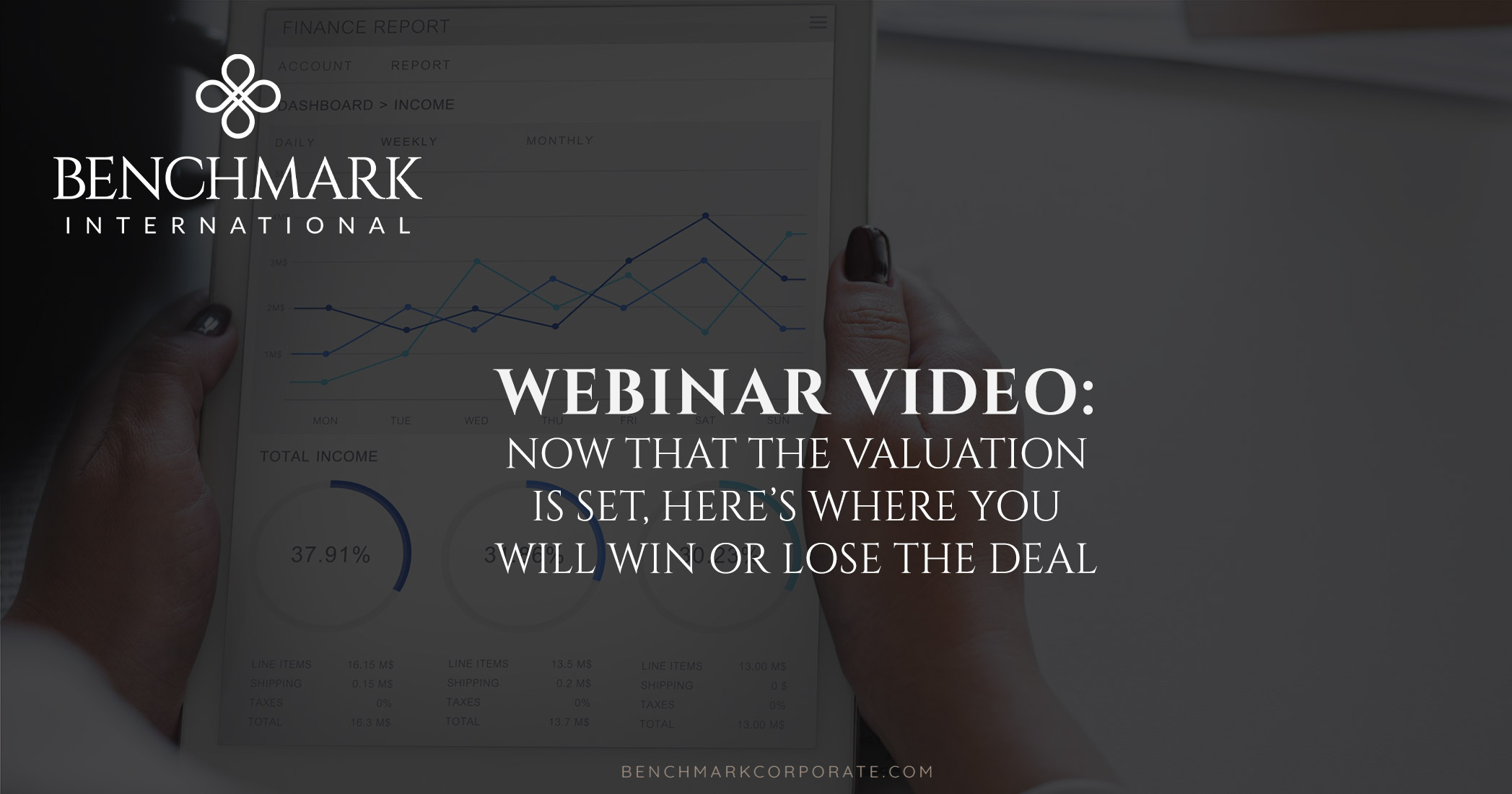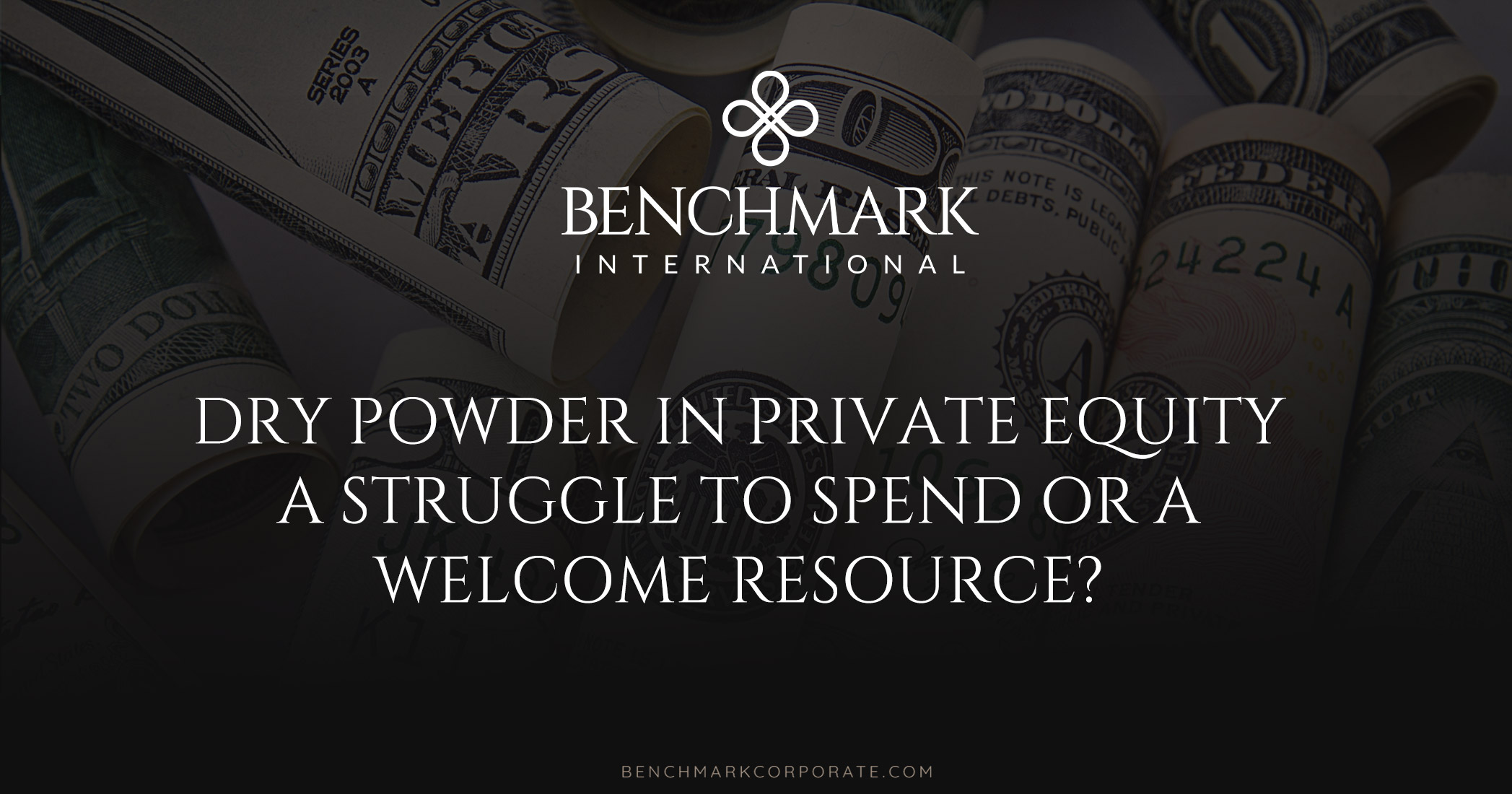There are various ways that companies can grow, such as through the institution of new services, the launch of new products, or the enlargement of their market. Yet, growth through acquisition can be a much quicker and easier way to create growth than via the expansion of sales efforts. If the acquisition is a growth option that you are interested in, there are various alternatives through which a deal can be financed, as acquisition financing is rarely secured through one source. Some of the more popular options are included here for your reference.
Cash Acquisition
Shares are usually exchanged for cash in an all-cash acquisition deal. Cash transactions usually happen in cases in which the company that is being acquired is smaller and has smaller cash reserves than the acquirer. In a cash transaction, the acquirer takes on the entire risk as to whether or not the expected value materializes.
Leveraged Buyout (LBO)
A leveraged buyout is the acquisition of a business using a significant amount of borrowed money to cover the cost of acquisition. The assets of the company being acquired as well as those of the acquiring company are frequently used as collateral for the loan. Under this option, there is a common ratio of 90% debt to 10% equity.
Mezzanine Debt
Mezzanine debt includes both equity and debt features. A mezzanine fund is a pool of capital that invests in mezzanine finance for acquisitions, growth, recapitalization or management/leveraged buyouts. Mezzanine financing is usually configured as preferred stock or subordinated and unsecured debt.
Seller Note
A seller note is when the seller agrees to accept a portion of the purchase price in a series of deferred payments. This is often used when the buyer does not have the entire purchase in cash and can only secure a commercial loan up to a percentage of the purchase price. Seller notes are generally unsecured and may be subordinated to other forms of debt. Because a seller note is riskier for the seller, it commands a higher interest rate. The use of a seller note can result in a higher purchase price for the seller but can speed up the closing process, as it is much simpler to negotiate these terms than with other forms of debt.
SBA 7(a) Loan
This Small Business Administration (SBA) loan is government-backed and offered by financial institutions such as banks and credit unions. While the SBA does not lend directly, it insures the loan in the event that a borrower defaults. The application process and paperwork can be quite drawn out because the lender is required to get approval from the SBA to back the loan. Typically, these loans will have better terms than traditional small business loans. The maximum amount allowed for a 7(a) loan is $5 million.
In all cases of sourcing capital for an acquisition, it is important how well the financing lines up with the goals of the deal, and what the plan is regarding the financing structure according to the circumstances of the deal.
READ MORE >> Benchmark International
Benchmark International  Benchmark International
Benchmark International 








